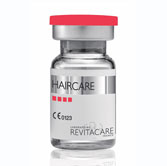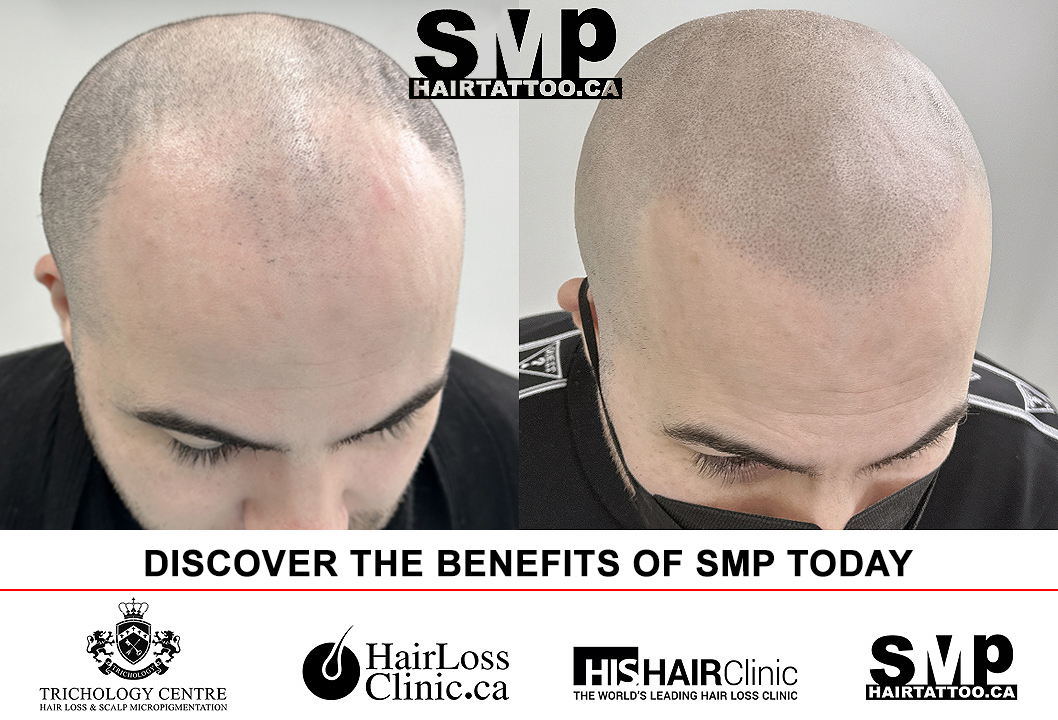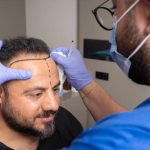July 9, 2023 By simonw Comments are Off
Table of Contents
The Ultimate Guide to Scalp Micropigmentation: Everything You Need to Know
Introduction
Hair loss can greatly impact a person’s confidence and self-esteem. Fortunately, advancements in cosmetic procedures have led to the development of effective solutions for individuals experiencing hair loss. One such solution is scalp micropigmentation (SMP). In this all-inclusive guide, we will delve into the world of scalp micropigmentation, providing you with all the essential information about the procedure, including its methodology, advantages, important factors to consider, post-treatment care, and commonly asked questions.
What is Scalp Micropigmentation?
Scalp micropigmentation is a non-surgical cosmetic procedure involving applying pigments on the scalp to replicate the appearance of hair follicles. It is tattooing that creates the illusion of a shaved or closely cropped hairstyle. The procedure employs specialized tools and techniques to achieve results that mimic the natural appearance of hair.
How Does Scalp Micropigmentation Work?
During a scalp micropigmentation procedure, a trained practitioner uses a micro-needle to deposit pigment into the scalp at various depths, replicating the size, shape, and colour of natural hair follicles. This creates the appearance of a fuller head of hair or a defined hairline. The procedure is typically performed over multiple sessions, allowing for gradual and precise pigment application.
Benefits of Scalp Micropigmentation
- Natural Appearance: Scalp micropigmentation can create a realistic and natural-looking hairline, distinguishing it from natural hair difficult.
- Non-Invasive: Unlike hair transplant surgeries, scalp micropigmentation does not involve any surgical incisions or the need for donor hair.
- Immediate Results: Following the procedure, individuals can immediately enjoy the results, with the appearance of a fuller head of hair.
- Low Maintenance: Unlike traditional hair restoration methods, scalp micropigmentation requires minimal maintenance and does not require special shampoos or products.
- Long-lasting: With proper care and maintenance, scalp micropigmentation can last several years, providing long-term results.
- Versatility: Scalp micropigmentation can be tailored to suit various hair colours, textures, and styles, accommodating individual preferences.
- Boost in Confidence: Restoring the appearance of a full head of hair can positively impact a person’s self-esteem and overall confidence.
Considerations Before Undergoing Scalp Micropigmentation
While scalp micropigmentation offers numerous benefits, it is essential to consider certain factors before undergoing the procedure.
- Research and Consultation: It is crucial to research reputable clinics and practitioners specializing in scalp micropigmentation—schedule consultations to discuss your specific needs, expectations, and any concerns you may have.
- Skin Sensitivity: Individuals with sensitive skin or pre-existing skin conditions should consult a practitioner to ensure scalp micropigmentation is suitable.
- Hair Loss Progression: It is important to consider the stage and progression of hair loss before opting for scalp micropigmentation. The practitioner can guide you on the most appropriate timing for the procedure.
- Scalp Condition: Your scalp’s overall health and condition affect the procedure’s success. Discuss any scalp conditions, allergies, or previous treatments with your practitioner.
- Realistic Expectations: While scalp micropigmentation can give the impression of increased hair density, it is important to maintain realistic expectations regarding the outcomes. Understanding the limitations of the procedure will help you make an informed decision.
The Scalp Micropigmentation Process
The scalp micropigmentation process typically involves the following steps:
- Consultation: During the initial consultation, the practitioner will assess your hair loss pattern, discuss your goals, and explain the procedure in detail. The professionals will address any queries or apprehensions you might have, ensuring all your questions are answered.
- Design and Hairline Creation: The practitioner will work with you to create a customized design and hairline that suits your facial features and desired outcome. This stage guarantees that the results appear natural and meet your anticipated standards.
- Pigment Application: Using specialized equipment, the practitioner will apply the pigments to the scalp, carefully replicating the appearance of hair follicles. They will adjust the pigments’ depth, density, and colour to achieve the desired results.
- Gradual Layering: Scalp micropigmentation is typically performed over multiple sessions, allowing for gradual layering of pigments and adjustments to the hairline. This ensures a realistic and seamless outcome.
- Aftercare: Following each session, the practitioner will provide you with specific aftercare instructions to promote healing and optimal pigment retention. Adherence to these directives is essential for promoting proper healing and enduring outcomes.
Aftercare and Maintenance
Proper aftercare and maintenance are essential to achieve the best results from scalp micropigmentation. Some general aftercare guidelines include:
- Avoiding excessive sweating and physical activities for a few days following the procedure.
- Avoiding exposure to direct sunlight or tanning beds, as they can fade the pigments.
- Refraining from scratching or picking at the treated area to prevent any damage or premature fading of the pigments.
- Using a gentle cleanser and avoiding harsh hair products on the treated scalp.
- Applying a recommended aftercare balm or ointment keeps the scalp moisturized and aid in healing.
- Avoiding swimming in chlorinated pools or saltwater for a few weeks after the procedure.
- Following the practitioner’s instructions regarding touch-up sessions, additional sessions may be required to achieve the desired density and colour.
It is important to note that everyone’s healing process may vary, and it may take several weeks for the full scalp micropigmentation results to become apparent. Regular maintenance appointments may be recommended to touch up any fading or adjust the pigments.
Frequently Asked Questions (Q&A)
What is scalp micropigmentation?
Scalp micropigmentation is a non-invasive aesthetic procedure that incorporates applying minute pigment spots onto the scalp to emulate the look of hair follicles, thereby creating the semblance of a denser hairline.
Is scalp micropigmentation suitable for both men and women?
Indeed, scalp micropigmentation is an efficient remedy for hair loss or thinning in both males and females.
How long does a scalp micropigmentation procedure take?
The duration of the procedure depends on various factors, such as the extent of the treatment area and the desired outcome. It can range from a few hours to several sessions over a few weeks.
Is scalp micropigmentation painful?
The majority of people experience only slight discomfort during the process. Topical numbing creams are often applied to ensure a comfortable experience.
How long does scalp micropigmentation last?
Scalp micropigmentation can last for several years with proper care and maintenance. However, touch-up sessions may be required to maintain the desired results.
Can scalp micropigmentation be reversed or removed?
While scalp micropigmentation is permanent, it can be adjusted or removed using specialized techniques such as laser tattoo removal.
Are there any side effects or risks associated with scalp micropigmentation?
Scalp micropigmentation is generally safe, but like any cosmetic procedure, there can be minimal risks and side effects. These may include temporary redness, swelling, or mild discomfort. Serious complications are rare when a skilled practitioner performs the procedure.
Can scalp micropigmentation be combined with other hair restoration treatments?
Scalp micropigmentation can operate independently or with other hair restoration methods like transplants or medication. Consultation with a specialist can help determine the most suitable approach for your situation.
Will the pigments used in scalp micropigmentation fade over time?
The pigments used in scalp micropigmentation are designed to fade gradually and naturally over the years. However, periodic touch-up sessions can help maintain the desired colour intensity.
Can scalp micropigmentation create a natural-looking hairline?
Yes, scalp micropigmentation can create a natural-looking hairline by carefully matching the pigments’ colour, density, and angle with your existing hair and facial features.
Can scalp micropigmentation be performed on individuals with scars or alopecia?
Scalp micropigmentation can be a potent remedy for people suffering from scars or alopecia. The pigments can help camouflage the scars or create the appearance of hair in areas with hair loss.
Is scalp micropigmentation a permanent solution for hair loss?
Scalp micropigmentation is considered a long-lasting solution for hair loss. While the pigments used in the procedure may fade over time, the effects can last for several years with proper care and maintenance.
How is scalp micropigmentation different from a traditional tattoo?
Scalp micropigmentation uses specialized techniques and pigments designed specifically for the scalp, whereas traditional tattoos are created using different equipment and pigments. Scalp micropigmentation aims to replicate the appearance of hair follicles, while tattoos focus on creating various designs or patterns on the skin.
Who is a suitable candidate for scalp micropigmentation?
Scalp micropigmentation is suitable for individuals experiencing various degrees of hair loss, including those with receding hairlines, thinning hair, and pattern baldness. It can also benefit individuals with scars on the scalp or those who want to enhance the appearance of density and fullness.
How long does a scalp micropigmentation procedure take?
The length of a scalp micropigmentation procedure may fluctuate based on the size of the area being treated and the anticipated result. It can range from a few hours to several sessions over a few weeks.
Can scalp micropigmentation be customized to match hair colour and skin tone?
Yes, scalp micropigmentation can be customized to match the individual’s natural hair colour and skin tone. Skilled practitioners can blend pigments that resemble the person’s hair colour and tone.
Are there any side effects or risks associated with scalp micropigmentation?
Scalp micropigmentation is generally a safe procedure by a skilled and experienced practitioner. However, minimal risks and side effects, such as temporary redness, swelling, or mild discomfort, may exist. Serious complications are rare.
Can scalp micropigmentation be reversed or modified if desired?
While scalp micropigmentation is permanent, techniques are available to adjust or remove the pigments if desired. However, reversing or modifying the procedure can be more challenging than the initial application.
Conclusion
Scalp micropigmentation is a versatile and effective solution for individuals experiencing hair loss or seeking to enhance their appearance. It provides a realistic and long-lasting illusion of a fuller head of hair or a defined hairline. With proper research, consultation, and aftercare, scalp micropigmentation can be life-changing, boosting confidence and self-esteem. If you are considering scalp micropigmentation, consult a qualified specialist to discuss your needs and expectations and embark on your journey to a renewed sense of confidence.
Book Your Free Consultation Today Or Call (647) 492-9093


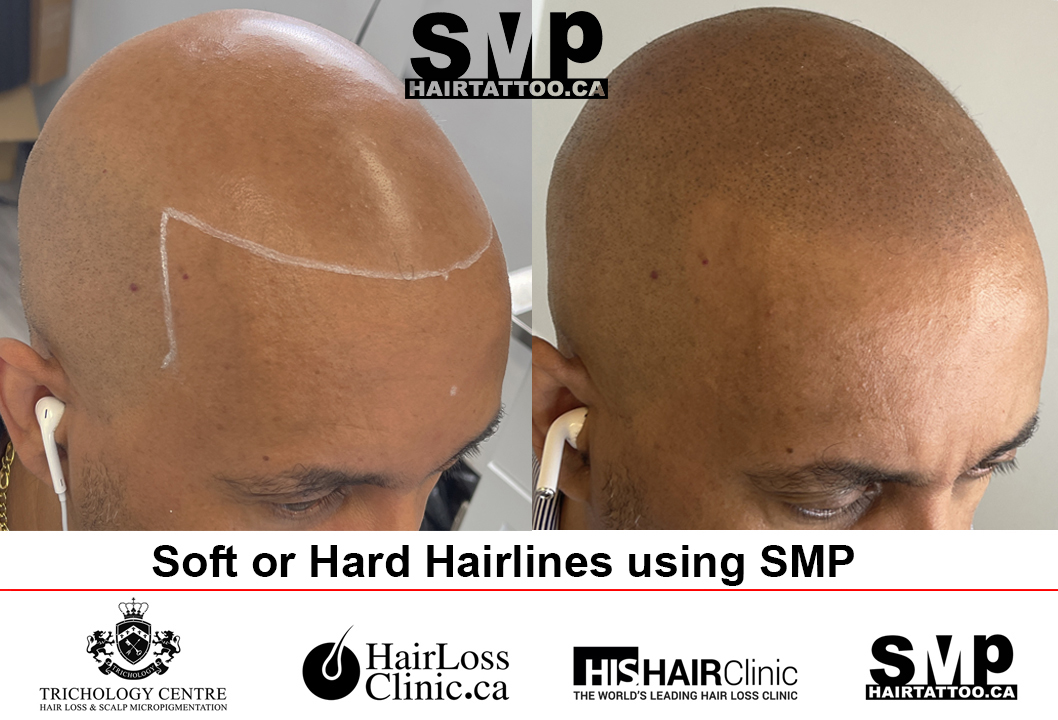
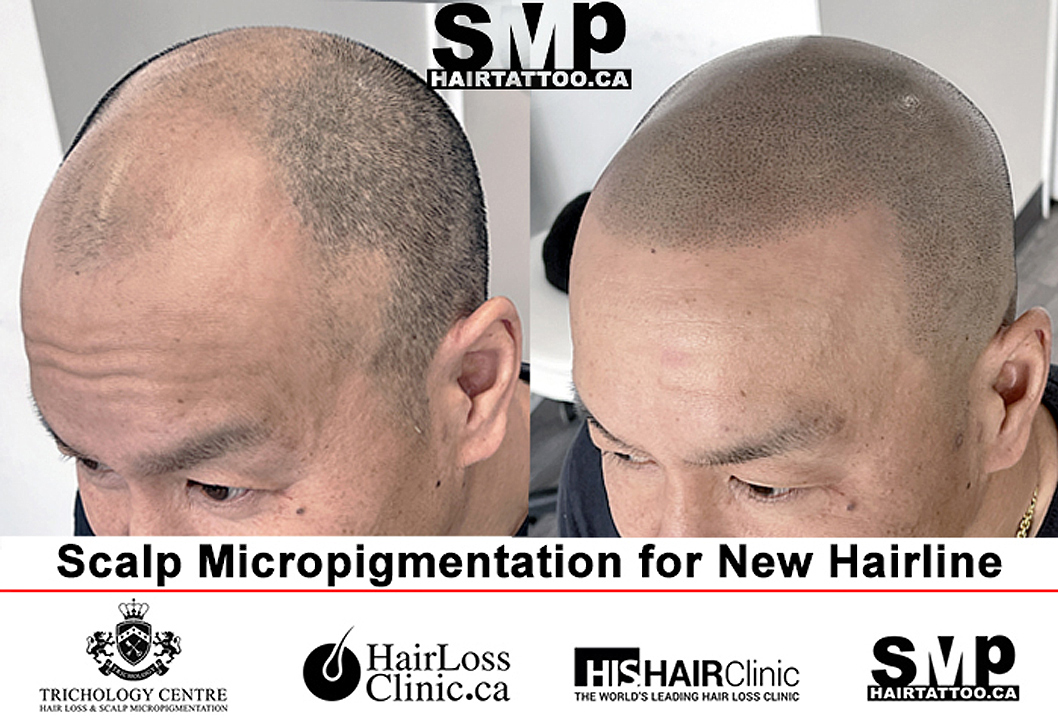
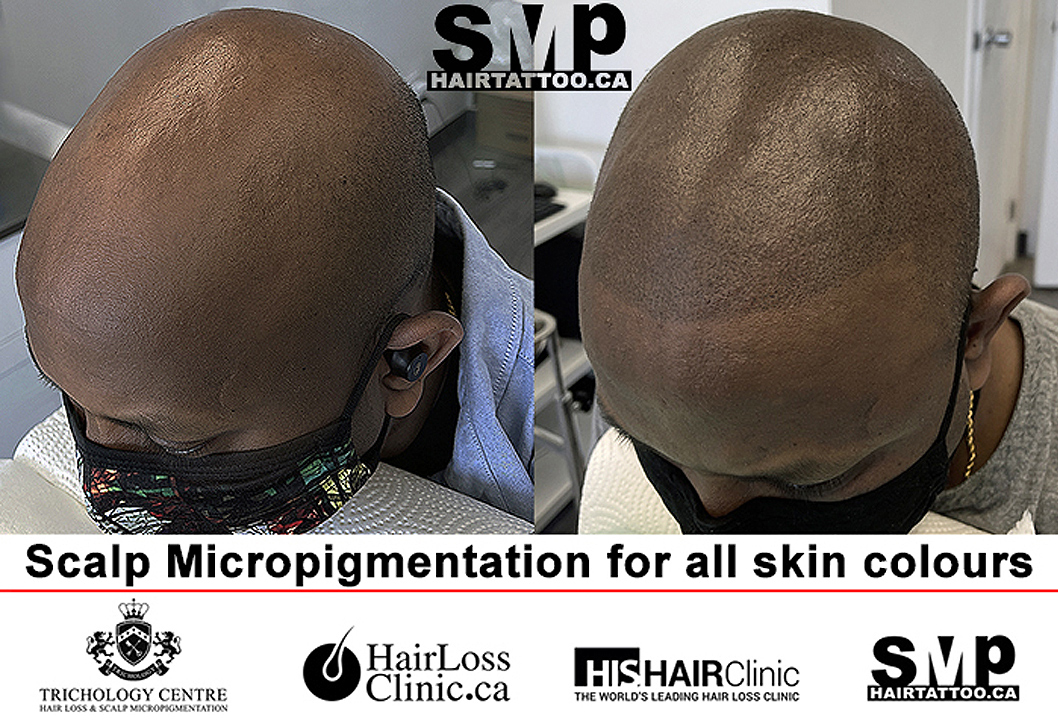
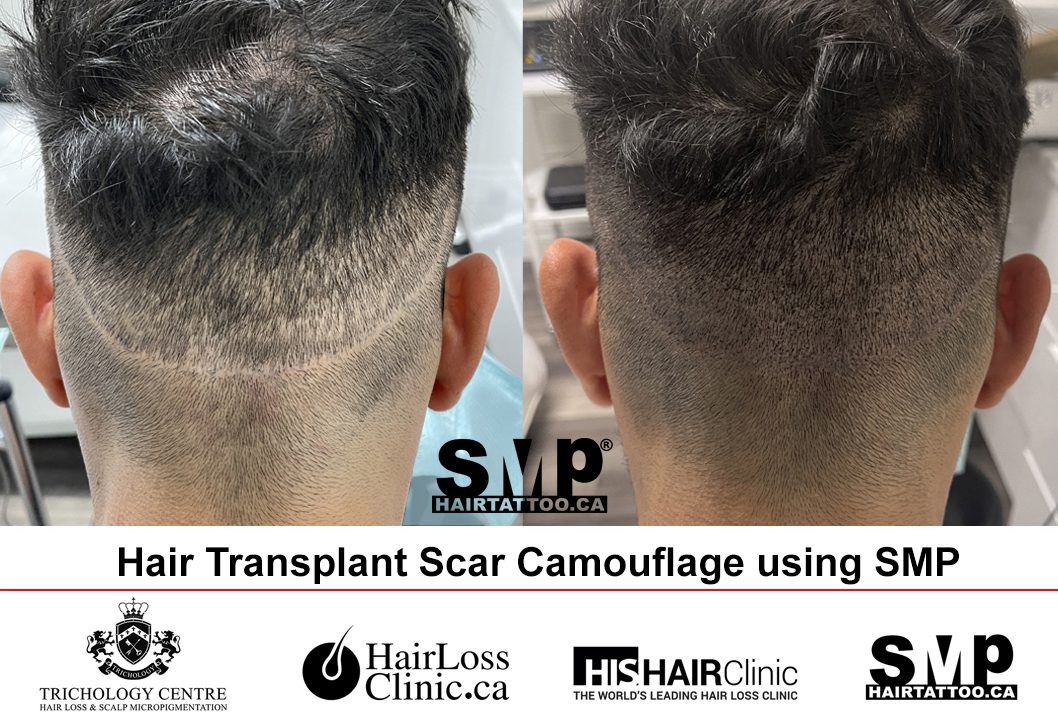

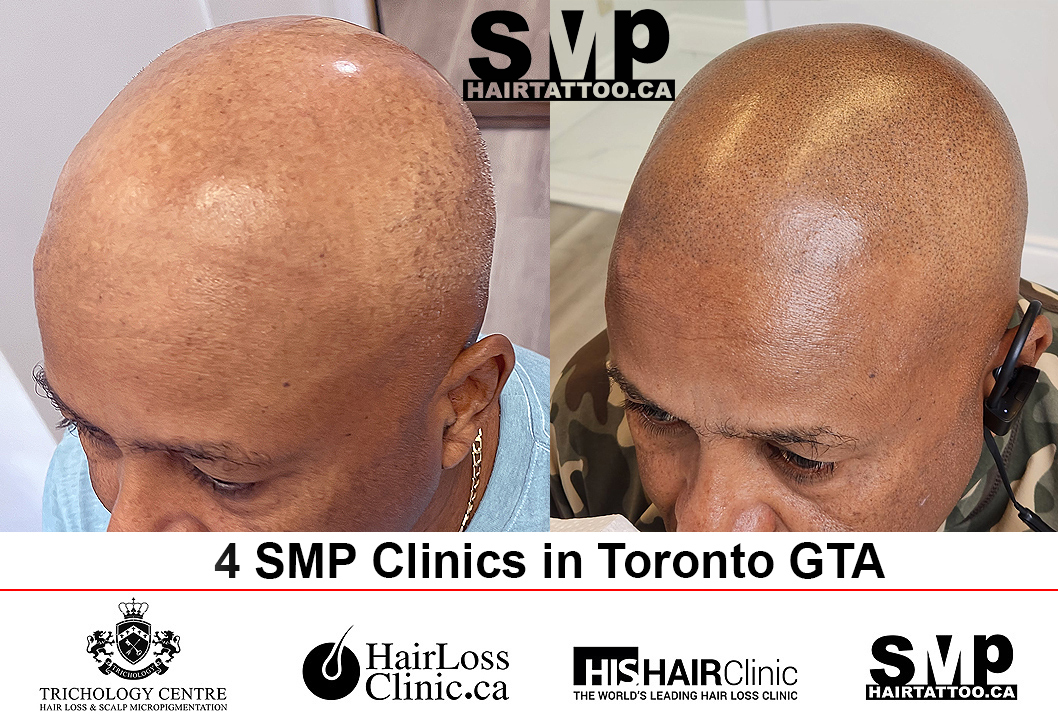
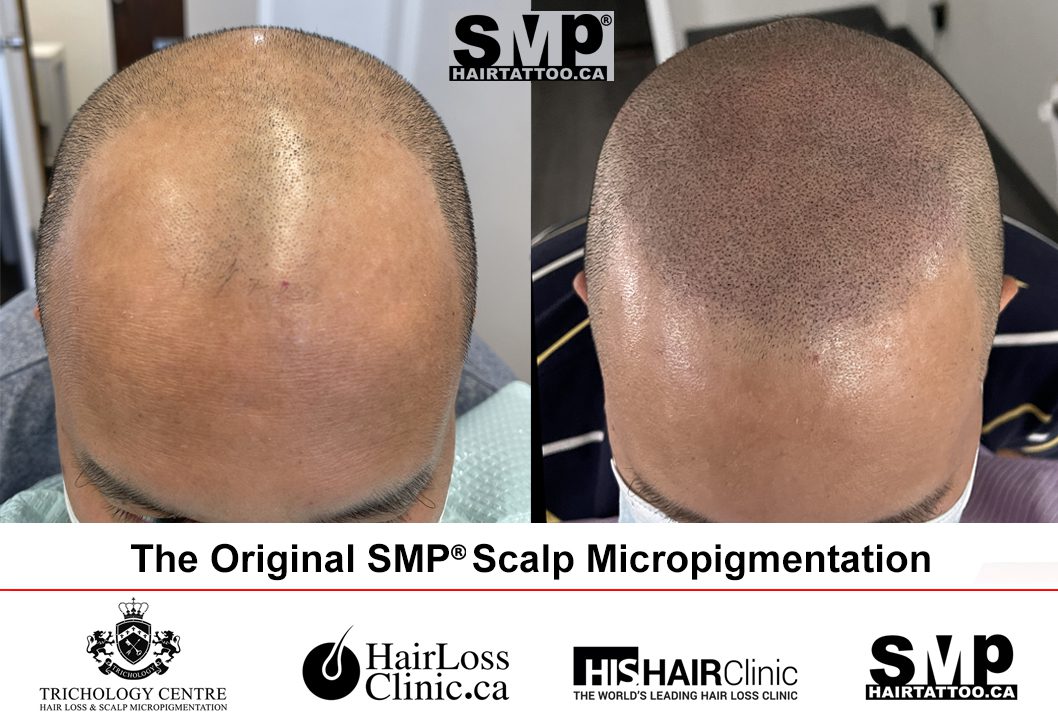
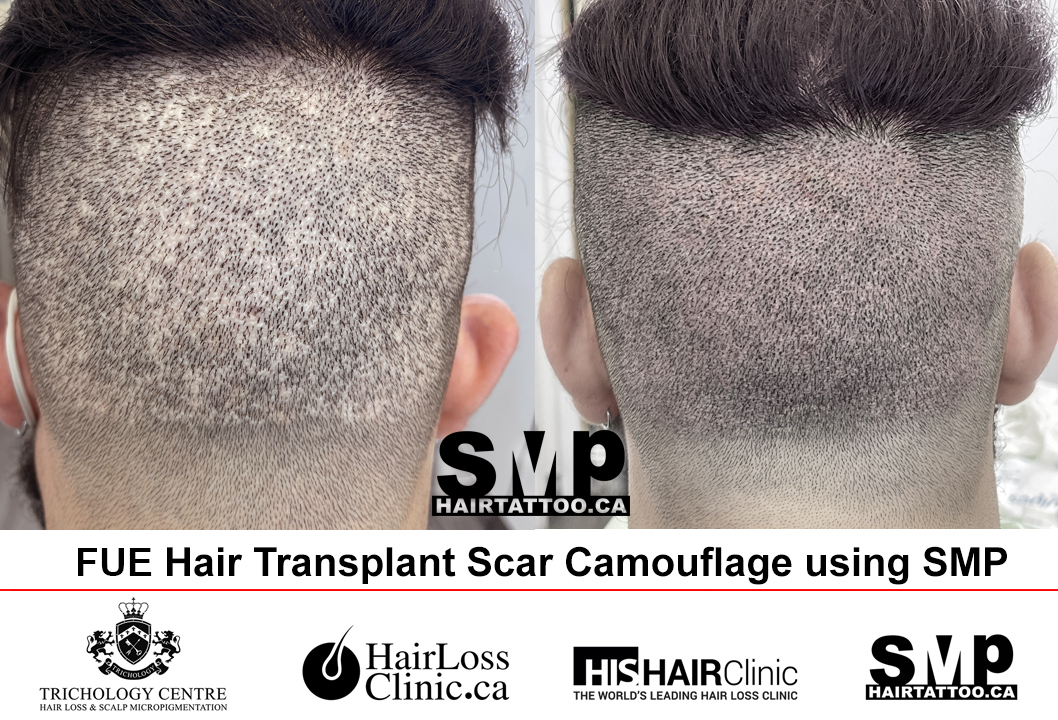
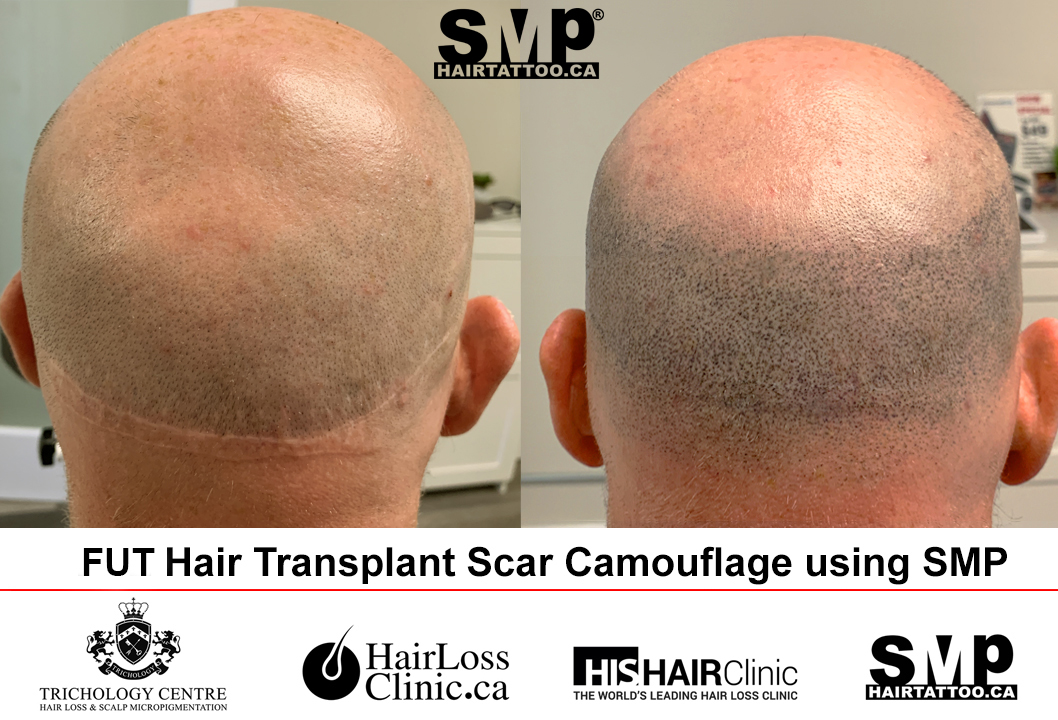
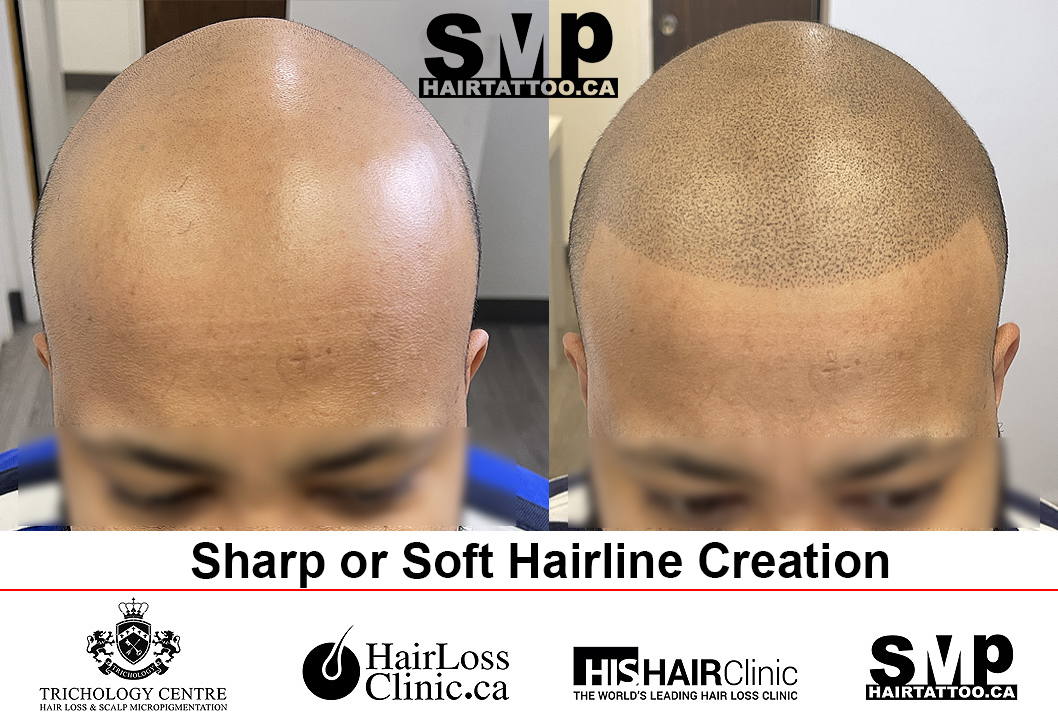

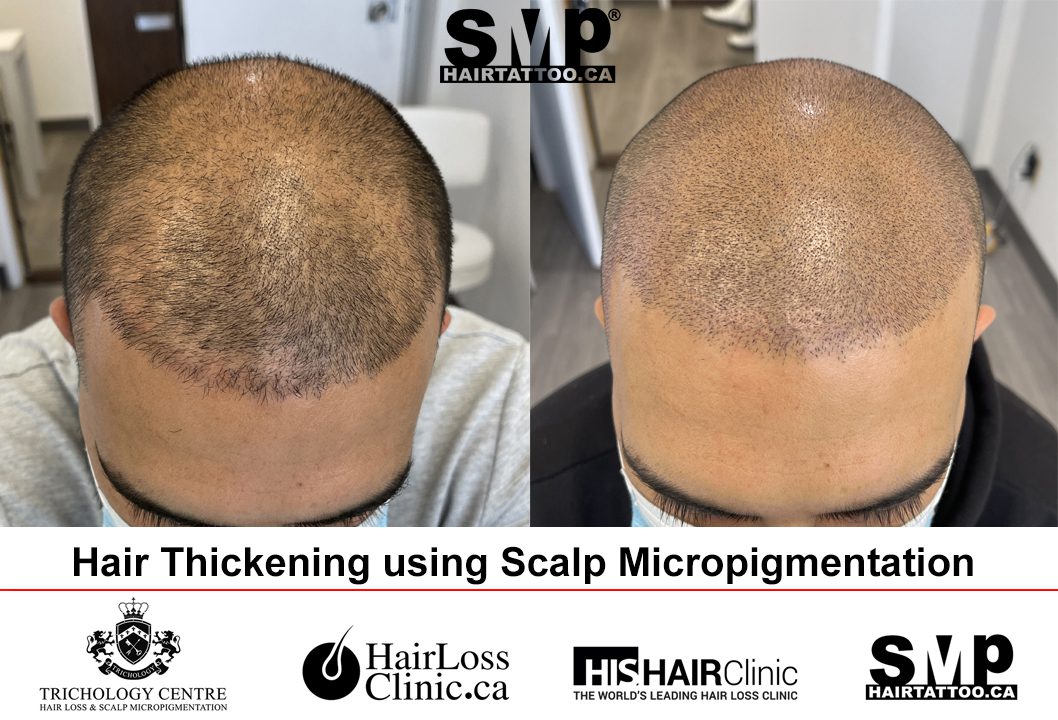

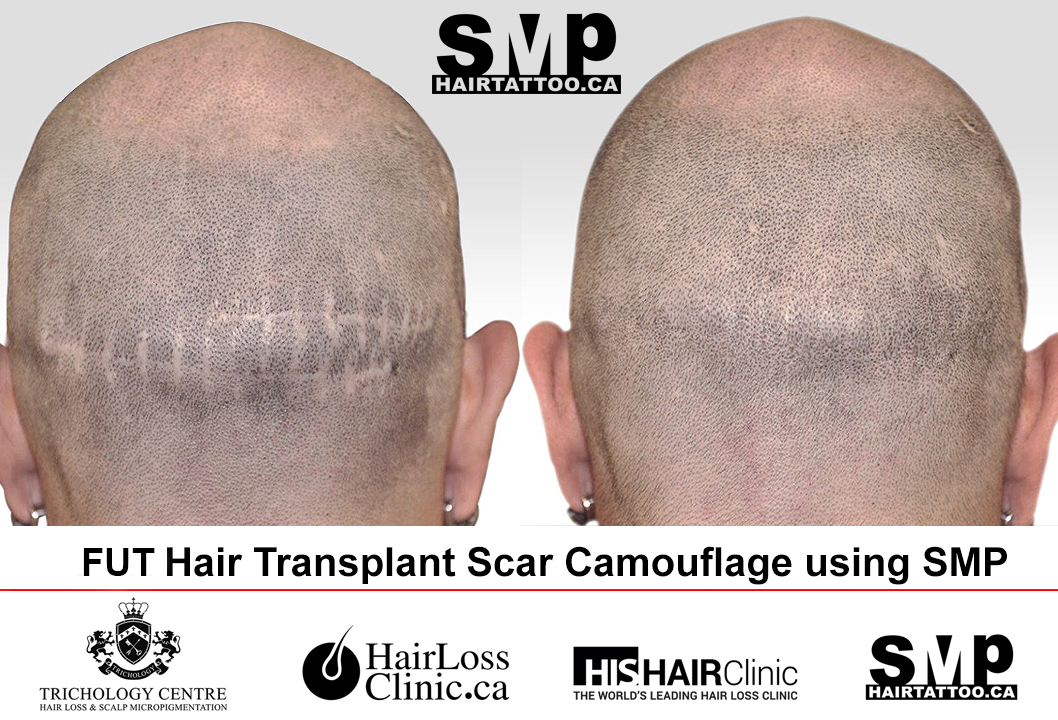
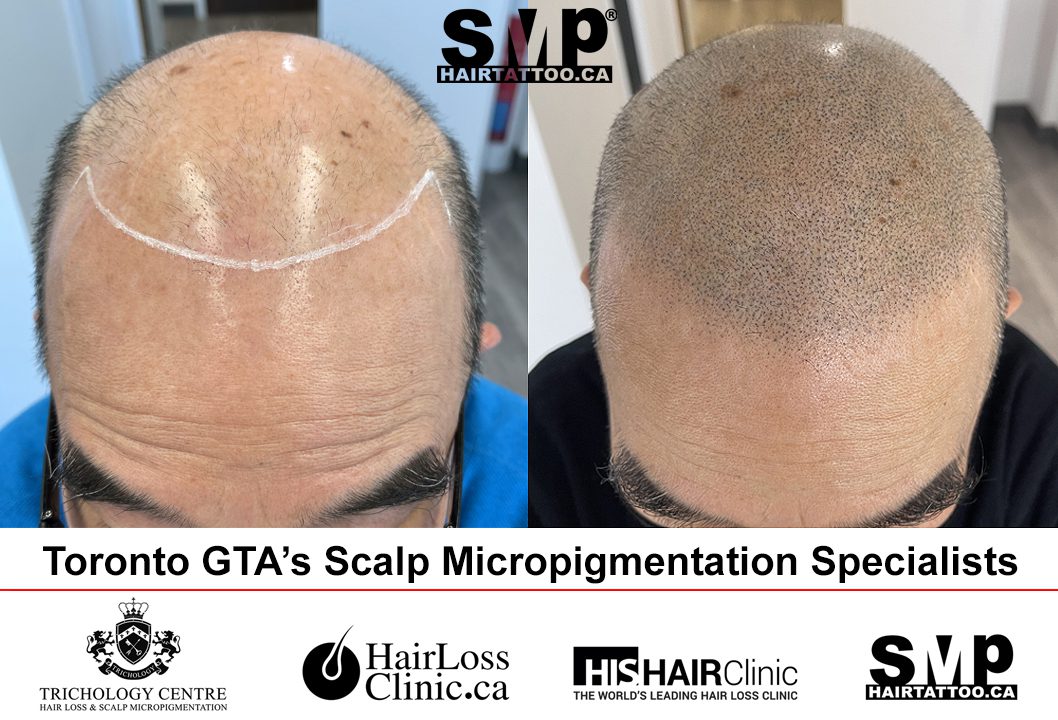
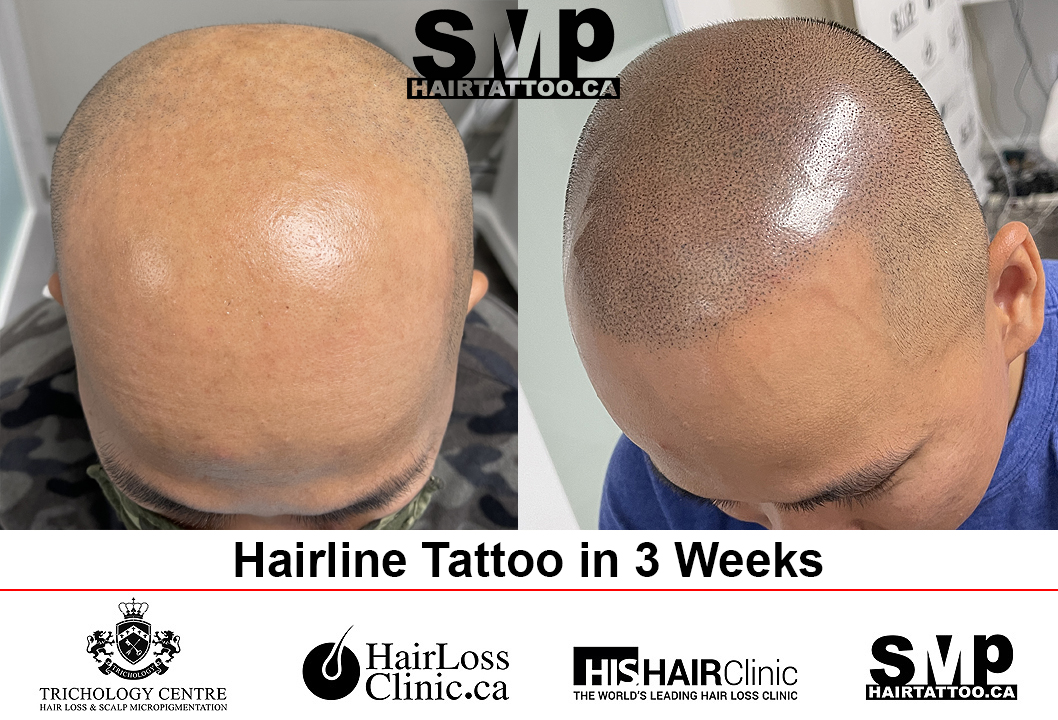
Comments are closed.









